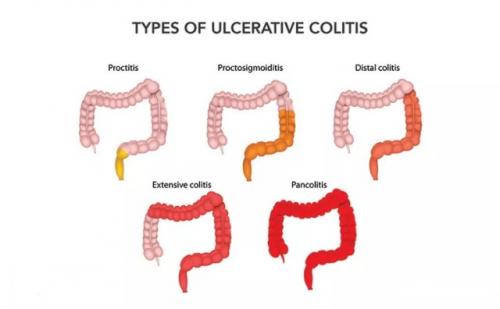Pancreatitis: Meaning, Causes, Types, Symptoms, and Diagnosis
Pancreas and its functions
Pancreas is an important organ that is situated on the backside of the abdomen, right behind the stomach. It extends horizontally from right to left in the abdomen. The head of the pancreas is on the right-hand side of the abdomen and the tail, a narrow end of the pancreas, approaches the left side of the abdomen. The head of the pancreas is connected to the duodenum (the upper section of the small intestine) with a small tube called the pancreatic duct.
The pancreas produces digestive juices that enter the small intestine and breaks down the food that has moved from the stomach to small intestine. It also produces insulin that enters the bloodstream and function towards maintaining blood sugar levels.
Pancreatitis
Pancreatitis is a disease in which pancreas suffers inflammation. Digestive enzymes released by pancreas become active to break down fat and proteins when they reach the small intestine. When these enzymes get activated before reaching the small intestine, while they are still in the pancreas, pancreas get inflamed and suffer damage and thereby, get affected by pancreatitis.
Common causes of pancreatitis are:
- Excessive alcohol consumptions
- Stones in gallbladder
- High levels of triglycerides
- Injury in abdomen
- Surgery of abdomen
- Smoking
- Cystic Fibrosis
- Family history of pancreatitis
Types of Pancreatitis
Acute Pancreatitis
Acute Pancreatitis is a condition in which pancreas suddenly gets inflamed. This inflammation lasts for a short period and can be cured with the right medications. Symptoms of acute pancreatitis are:
- Fast heartbeat
- Nausea
- Vomiting
- Fever
- Swelling and tenderness in the belly
- Pain in the upper part of the belly extending into the back
Chronic Pancreatitis
Chronic Pancreatitis usually happens afters the several episodes of acute pancreatitis. Chronic pancreatitis is the long-term inflammation of the pancreas. Symptoms of chronic pancreatitis are similar to that of acute pancreatitis. Other symptoms are:
- Constant pain in the belly that goes to the back
- Diarrhoea and unusual weight loss as the digestive enzymes produced by the pancreas is less than the amount required to break down the food.
- Upset Stomach and vomiting
Diagnosing Pancreatitis
To diagnose acute pancreatitis, a hepatologist in Delhi or anywhere else asks patients to get blood test done. With the help of this blood test, the doctor measures the level of two digestive enzymes namely amylase and lipase. If the levels of these two enzymes are found to be high, it is an indication of acute pancreatitis.
Some other tests that a doctor might prescribe are:
- Pancreatic function test to check whether the digestive enzymes are being in the right amount or not
- Ultrasound, CT Scan, and MRI to get the images of the pancreas
- ERCP test, in which a long tube with a camera at the end is used to have a look at the pancreas and bile ducts
- Biopsy, the test in which a doctor inserts a needle inside the pancreas to take out a small piece of pancreas to examine it.
- Stool Test
- Glucose tolerance test to measure the extent of insulin-producing cells in your pancreas are suffering
Once the pancreatitis is diagnosed, patients are given antibiotics and asked to take a low-fat diet. Sometimes, patients are also asked to fast for a few days to recover.



Comments